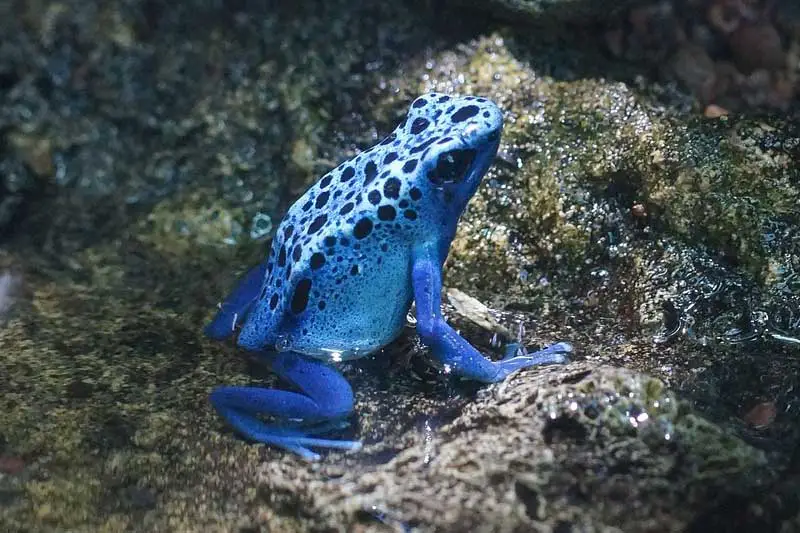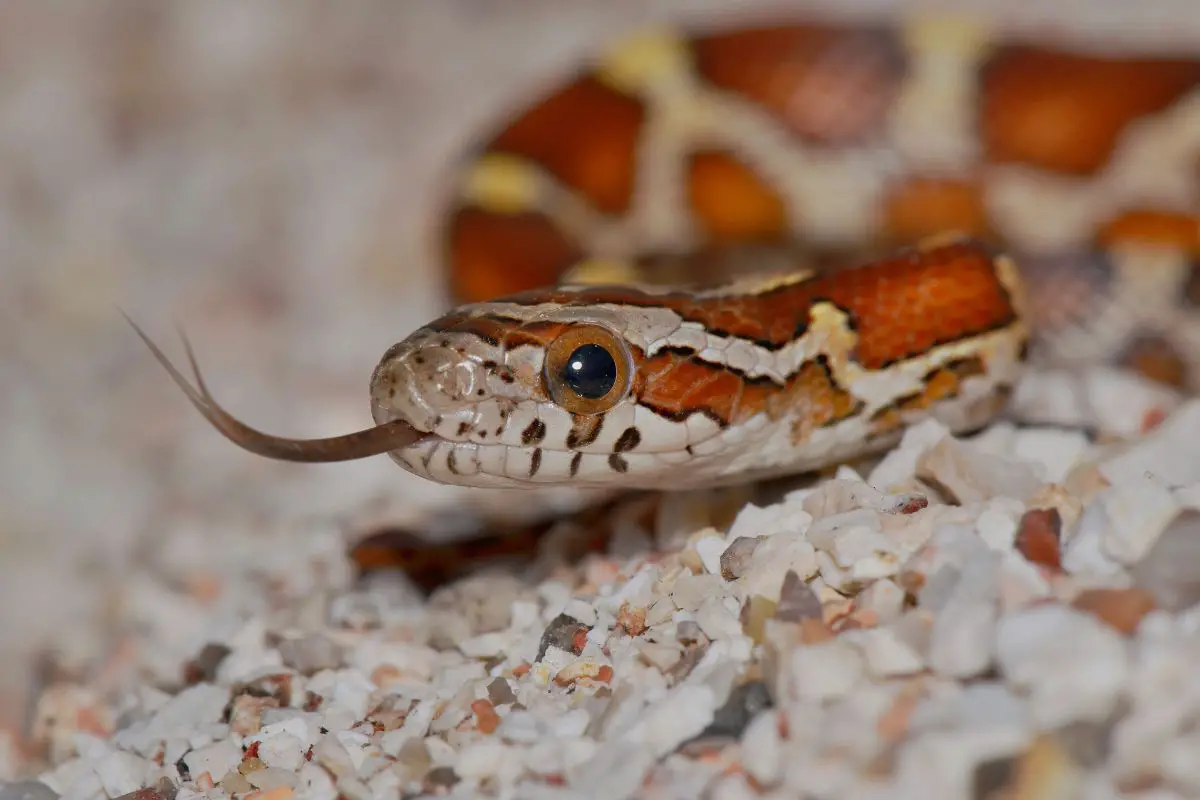Poison dart frogs are instantly recognizable because of their striking, bright colors. While most of us can describe a poison dart frog, how much do you really know about these fascinating creatures? Here are some unique facts about poison dart frogs.
Facts about poison dart frogs
1. Not all are really dart frogs
The name “poison dart frog” comes from the Native American practice of using the poison from their skin on their hunting darts, making them far more effective at killing their prey, or their enemies.
However, only about four of the many species of poison dart frogs were ever used for this purpose. So, not all of them are really “dart frogs.”
2. Not all are poisonous
Most of them are, but there are some poison dart frogs which actually aren’t poisonous at all. And some, while poisonous, produce only small amounts of the poison. This is why only four species were used to make poison darts- the rest just don’t make enough poison to be used for that purpose.
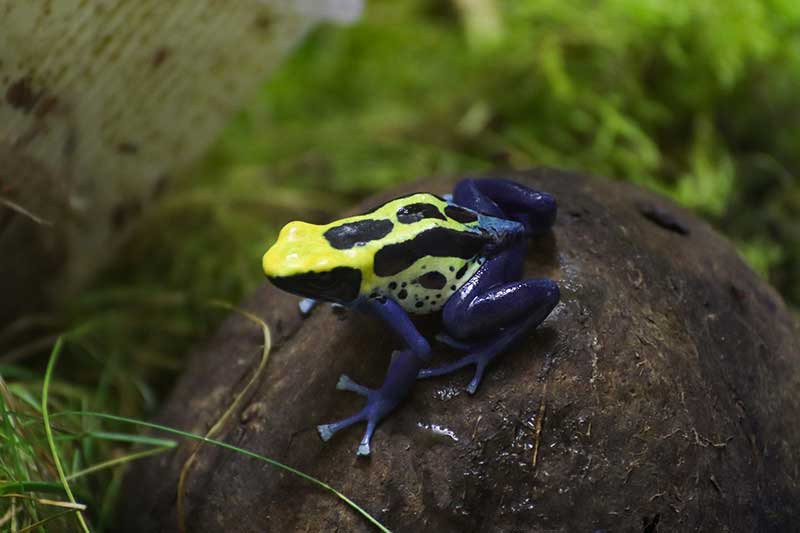
3. Captive poison dart frogs aren’t poisonous
Poison dart frogs don’t make the poison themselves. They get it from their diet. In the wild, they eat a lot of poisonous insects, especially ants. They take the poison from these insects and store it in their skin.
Since they rely on their diet to make their poison, none of the poison dart frogs in zoos, aquariums, and pet shops are actually poisonous. They simply aren’t fed the right kinds of food to make them poisonous.
4. There are 170 species
While only four species were used to make poison darts, there are 170 different species of poison dart frog that have been identified so far. Because they’re so small, and live in such remote habitats, it’s possible that there are still undiscovered species out there.
5. Poison dart frogs are small
Almost all poison dart frogs are very small. Most are less than an inch long, and many are less than half an inch long. A few, though, grow to be almost 2.5 inches long. The average weight for poison dart frogs is just one ounce.
The small size is one reason why they evolved their poisonous defense; otherwise, they’d be easy food for a lot of predators.
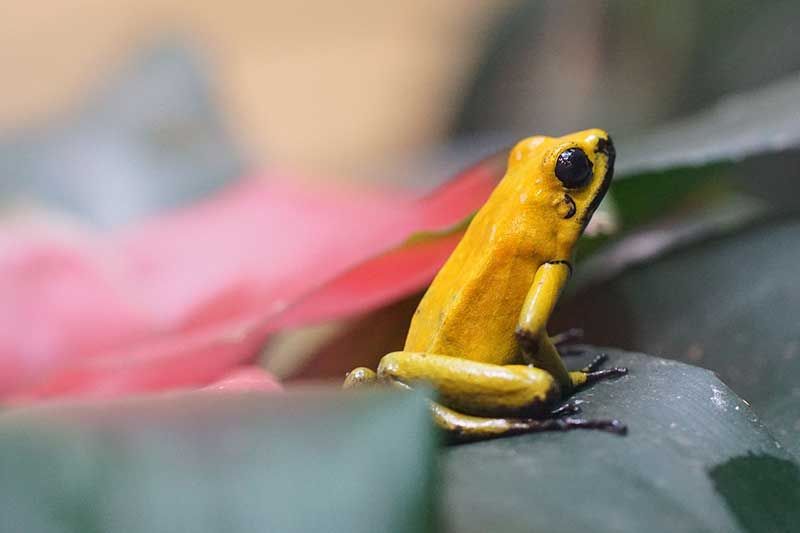
6. The bright colors warn predators
These frogs are all brightly, beautifully colored. While we can appreciate the beauty of these colors, in the wild, they’re not so attractive. That’s because they’re meant as a warning sign to predators. Bright colors let the predators know that these little frogs are poisonous, and not to be messed with.
7. They’re an invasive species in some places
Poison dart frogs were introduced to Hawaii, where they’ve established a breeding population. The green and black poison dart frog was introduced in 1932 in hopes that it would help control the mosquito population.
While it’s not native, it doesn’t appear to be causing any major ecological problems, and the population remains fairly small.
8. Many are endangered
In their native ranges in Central and South America, most poison dart frogs are endangered. This is the result of both habitat loss and a fungal skin disease of unknown origin that kills large numbers of them in the wild.
Treating the fungus has become a priority for their conservation, and experiments are ongoing to determine if medicine used for athletes foot in humans can treat this fungal disease in frogs.
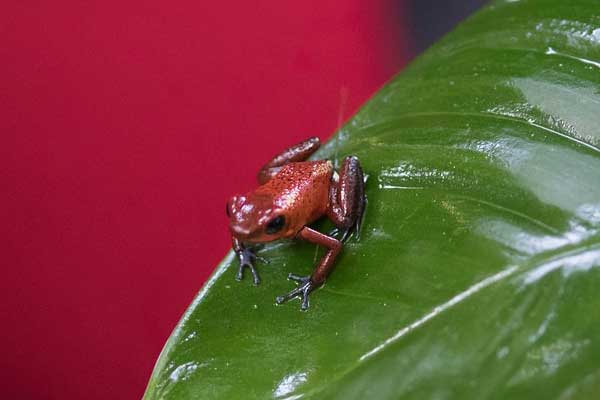
9. They’re popular pets
Because of their bright colors and small size, these frogs are very popular in the exotic pet trade. They’re relatively easy to care for, fun to watch, and just plain cool. However, because of their rapid decline in the wild, if you want to keep one as a pet you should be careful to only buy your frogs from a captive breeder, rather than a wild-caught frog.
10. They’re diurnal
Almost all amphibians are nocturnal, meaning they’re active primarily at night. Scientists believe a major reason for this is that the heat of the sun during the day would dry out their skin. Plus, coming out at night makes them safer from predators.
Poison dart frogs don’t need to worry so much about predators, and in their humid rainforest environment their skin won’t dry out either. So, they’re one of the only species of amphibian that’s diurnal, or active during the day.
11. Poison is just a defense
Poison dart frogs are by far the most toxic amphibians on the planet, but they aren’t all that dangerous to humans. That’s because their poison is purely a defense mechanism, they don’t use it to attack anything. In fact, as long as you’re gentle and careful, you can pick up a wild poison dart frog without any trouble.
12. They don’t swim
These frogs aren’t big fans of the water, and they’re poor swimmers. Since they live in such a humid environment, they don’t need to get in the water to keep their skin moist. Once they reach the adult stage of their development, they’ll spend the rest of their lives entirely on land.

13. One frog could kill 20 people
The Golden poison dart frog is one of the most toxic frogs, and animals in the world. A single one of these frogs contains enough poison in it’s skin to kill 20 adult humans! It’s no wonder this species was especially popular for making poison darts.
14. Their poison could be a painkiller
Extensive research has been done on the potential for the poison produced by poison dart frogs as a painkiller. So, why can’t you buy poison frog pills at your local pharmacy? Unfortunately, a dose of these chemical compounds large enough to be effective as a painkiller is almost as big as a fatal dose, so it’s just too dangerous.
15. They lay their eggs in plants
Since they don’t like to live near bodies of water, poison dart frogs have to get creative when it’s time to lay their eggs. The tadpoles still need to live in water for a while, so the adults climb up into trees and find plants like bromeliads, which can hold pools of rainwater, to lay their eggs in. So, poison frog tadpoles swim in tiny ponds dozens of feet in the air!
